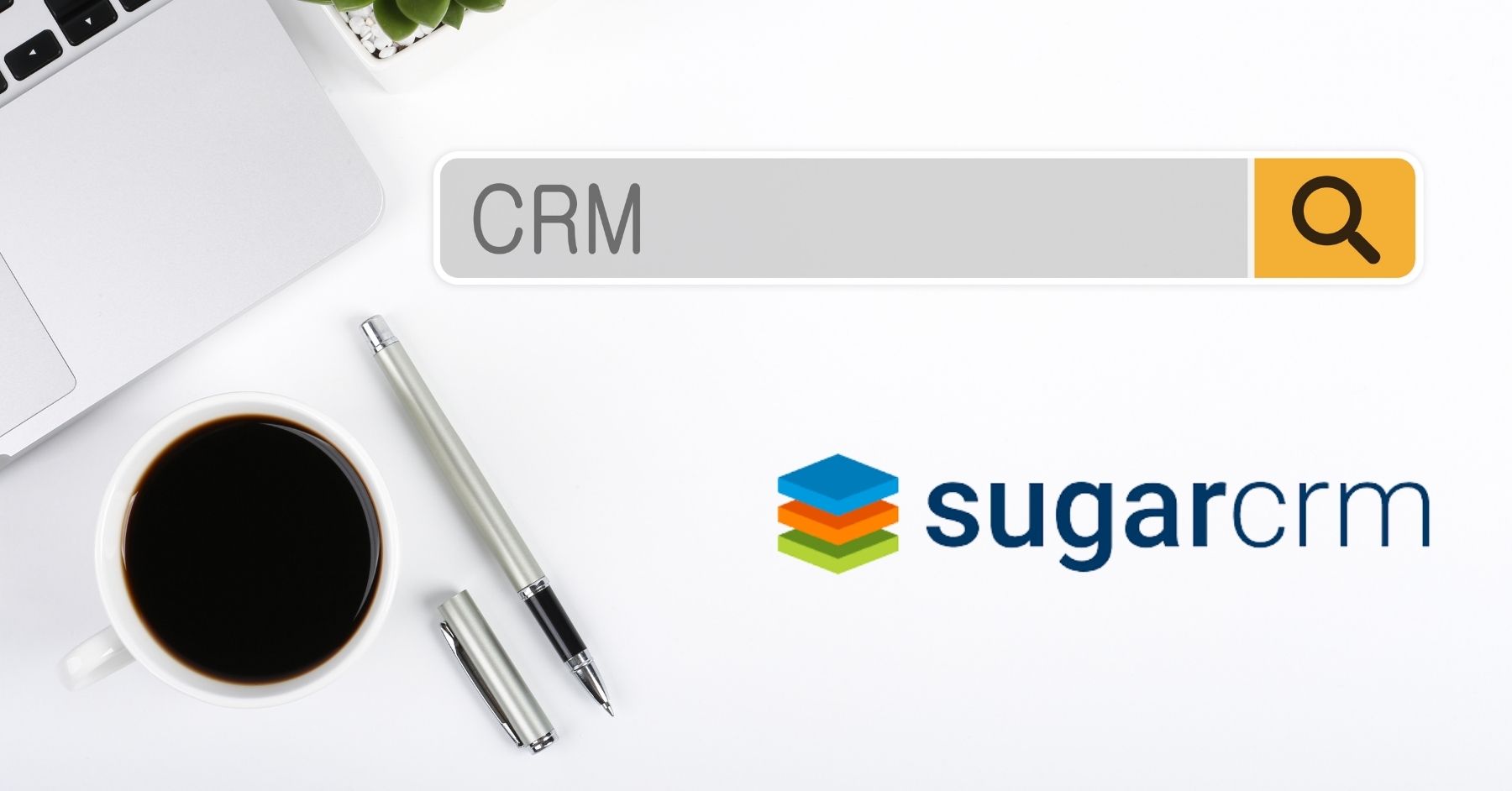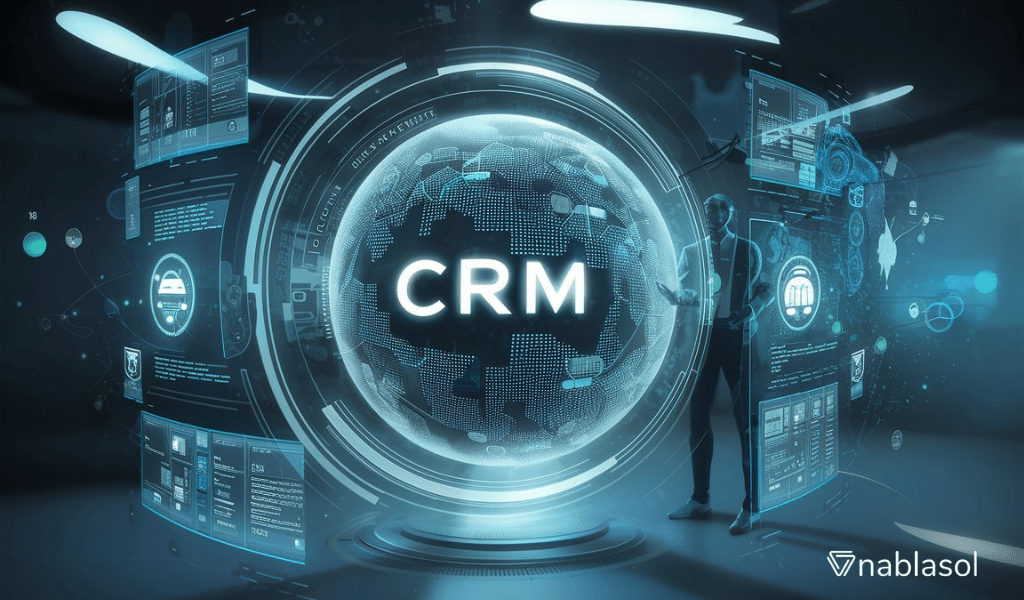Customer Relationship Management (CRM) systems are the backbone of every successful business, enabling companies to effectively manage and nurture relationships with their customers. However, migrating to a new CRM system can be a daunting and complex task. In this blog post, we’ll provide some key CRM migration tips and tricks, so you can confidently embark on a smooth and stress-free transition.
Top 4 CRM Migration Tips & Tricks
Pay Attention to Customized Fields
One of the most critical aspects of CRM migrations is transferring customized fields from your old system to the new one. Customized fields are unique to your organization and contain crucial information about your customers. So, it’s essential to ensure that they’re accurately migrated.
To optimize this process, start by mapping out all customized fields in your current CRM system. Identify the corresponding fields in the new system and ensure they can accommodate the same data. In some cases, you may need to create new fields or modify existing ones to accommodate the customized fields from your old system. This step is crucial to avoid losing valuable customer data during the migration process.
Choose the Most Reliable Experts
CRM migrations can be intricate and challenging, so it’s essential to work with experienced and reliable experts who can guide you through the process. Do your research and look for professionals with a proven track record in managing successful CRM migrations.
Take the time to thoroughly vet potential partners, asking for references and case studies to demonstrate their expertise. Don’t be afraid to ask questions and clarify your concerns during the selection process. It is essential to choose a partner who understands your business’s unique needs and can deliver the desired results.
Don’t Forget the Document Attachments
An often-overlooked aspect of CRM migrations is the transfer of document attachments, such as proposals, contracts, and other essential files. Ensuring these documents are accurately transferred to the new system is crucial to maintaining your business’s continuity. In doing so, you can provide your team with the resources they need to serve your customers effectively.
To avoid losing important documents during the migration process, ensure your migration plan includes a thorough review of all attachments and their corresponding records. Additionally, consider investing in an automated migration tool that can seamlessly transfer attachments to the new system without manual intervention.
Pick the Right Support Tools
Successful CRM migrations require the right tools and support systems in place to help you manage the process effectively. As you evaluate potential CRM platforms, look for those that offer robust data migration and support tools. Such as data mapping, automated data validation, and real-time progress monitoring.
Additionally, consider investing in training and support resources for your team, such as online tutorials, webinars, or customized training sessions. This will help you ensure a smooth transition and maximize your new CRM system’s potential.
In conclusion, successful CRM migration doesn’t have to be an overwhelming experience. Armed with these CRM migration tips and tricks, your business will be well-equipped to thrive in a new CRM environment, fostering even stronger customer relationships and driving growth for years to come.



